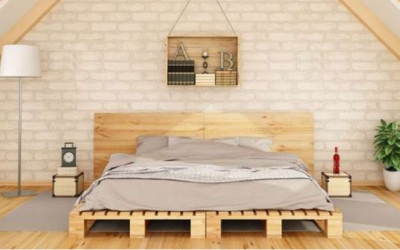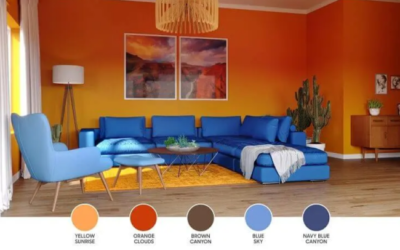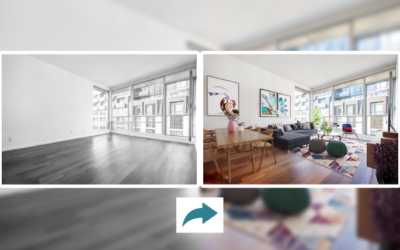Creating a cohesive whole home color palette can be a daunting task, but with a little planning and a few key tips, you can achieve a seamless and harmonious look throughout your home. A cohesive color palette can make your home feel more put together and polished, while also making it feel larger and more connected. In this guide, we will discuss the steps you can take to create a cohesive whole home color palette.
Step 1: Choose a Base Color
The first step in creating a cohesive whole home color palette is to choose a base color. This color should be a neutral color that will be used throughout your home as a backdrop for your other colors. Neutral colors such as white, beige, gray, or taupe are great options for a base color because they are versatile and can be paired with a wide range of other colors.
Step 2: Choose Accent Colors
Once you have chosen your base color, the next step is to choose accent colors. Accent colors are used to add interest and depth to your color palette. These colors should be used sparingly throughout your home, and they should complement your base color. Some popular accent colors include shades of blue, green, or gray. You can also choose accent colors that are bolder and more vibrant such as red, orange, or yellow.
Step 3: Decide on a Color Scheme
When choosing your accent colors, it is important to decide on a color scheme. A color scheme is a combination of colors that work well together. Some popular color schemes include monochromatic, complementary, and analogous.
Monochromatic color schemes use variations of a single color, such as different shades of blue. Complementary color schemes use colors that are opposite each other on the color wheel, such as blue and orange. Analogous color schemes use colors that are next to each other on the color wheel, such as blue, green, and purple.
Step 4: Incorporate Textures
Another way to add depth and interest to your color palette is by incorporating different textures. Textures can be added through the use of fabrics, such as textured curtains or a plush area rug, or through the use of different materials, such as natural wood or stone.
Step 5: Use Color Consistently
The key to creating a cohesive whole home color palette is consistency. This means using the same colors throughout your home, and in similar proportions. By using the same colors and textures in different rooms, you can create a sense of continuity and flow throughout your home.
Step 6: Final Touches
Finally, once you have a cohesive color palette in place, you can add the final touches to tie it all together. This can include small accents such as artwork, throw pillows, or decorative vases. These touches will help to bring your color palette to life and make it feel more complete.
In conclusion, creating a cohesive whole home color palette can be a challenging task, but with a little planning and the right approach, you can achieve a polished and harmonious look throughout your home. Remember to choose a base color, choose accent colors, decide on a color scheme, incorporate textures, use color consistently, and add final touches to bring everything together.





